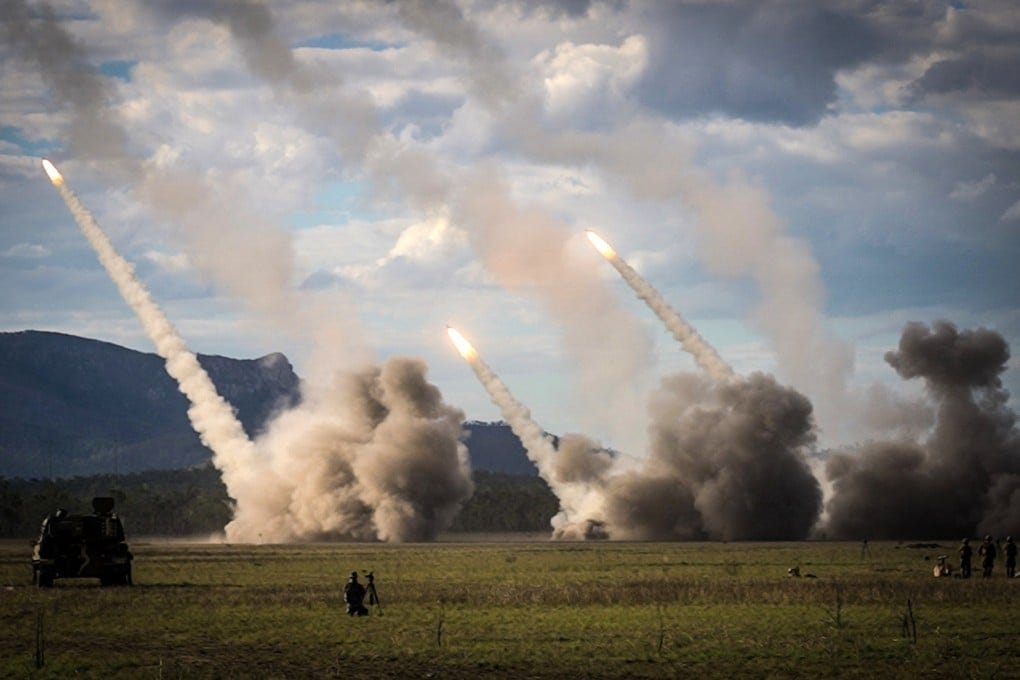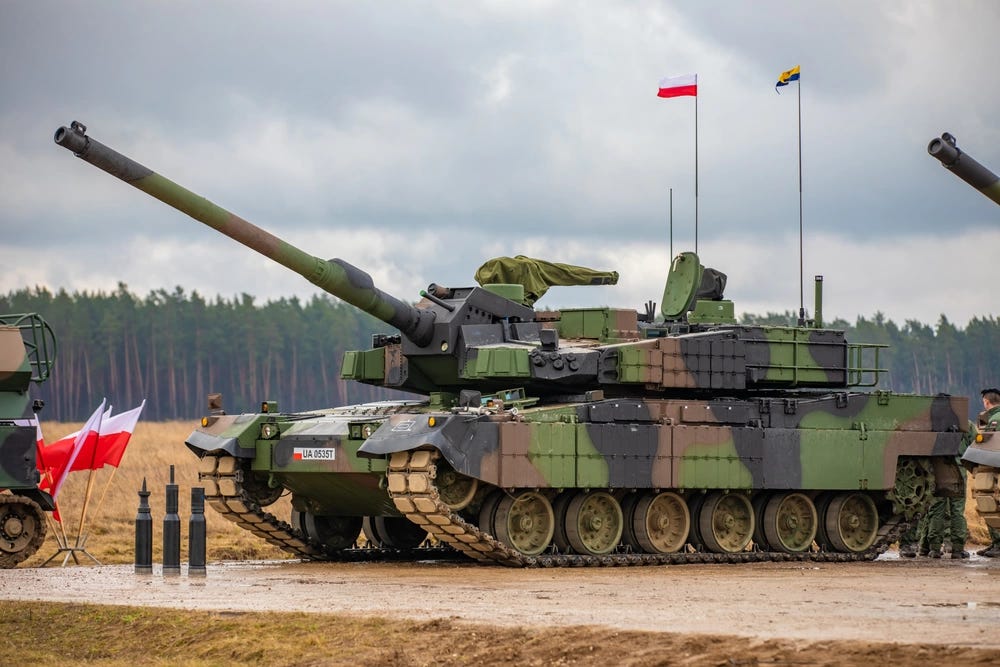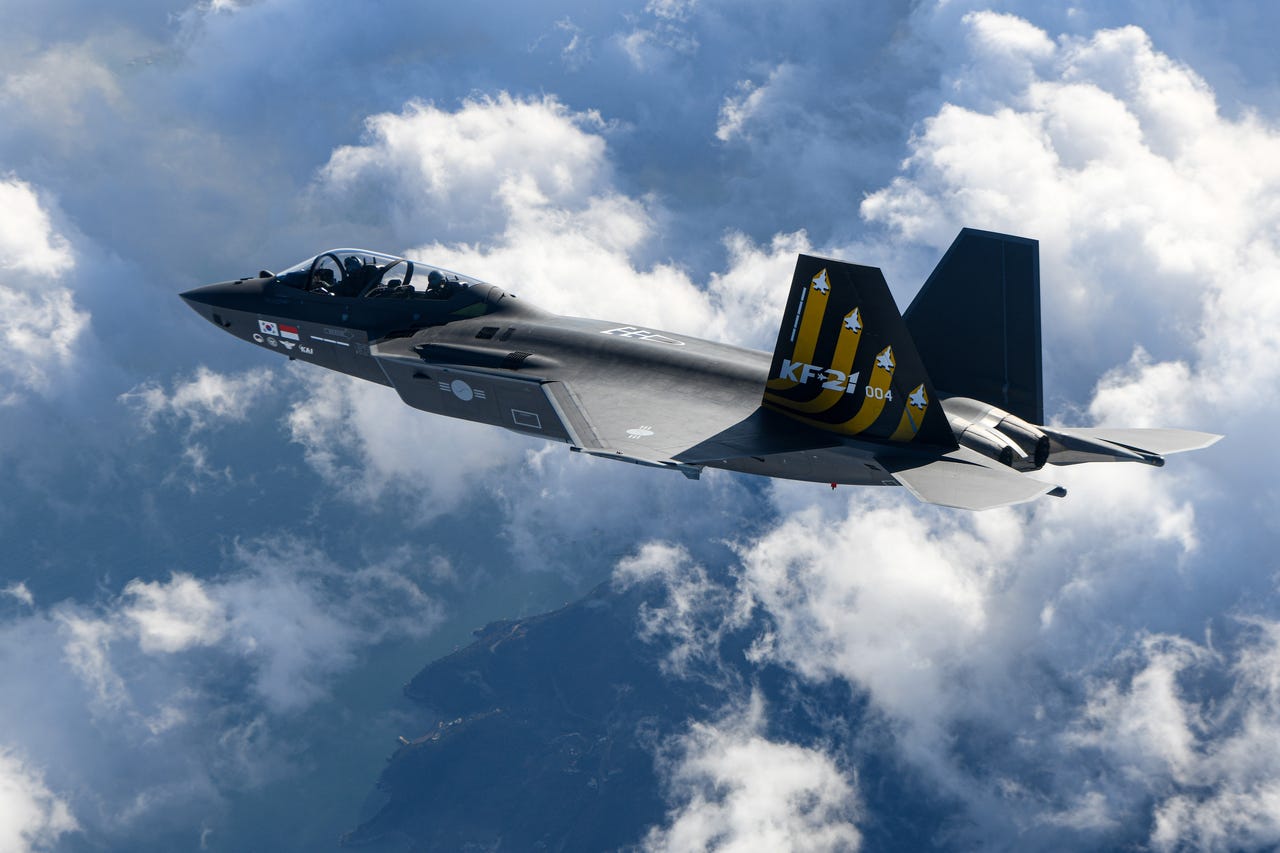Defence Finance Monitor Digest #19
Defence Finance Monitor analyses how strategic imperatives defined at the national and supranational level—by EU institutions, NATO, and national Ministries of Defence—shape defence policy, technology priorities, and industrial development. Rather than identifying individual companies, we examine how recognised strategic problems—such as deterrence shortfalls, technological dependencies, or capability gaps—are translated into public funding programmes, procurement frameworks, and defence innovation roadmaps. Our premise is simple: a company becomes relevant to investors only if it is relevant to institutional buyers or prime contractors. And it becomes relevant to those buyers only if it contributes—directly or indirectly—to solving a clearly defined strategic challenge. We trace this logic from political doctrine to operational requirements and industrial structures, highlighting the strategic, technological, and organisational dimensions that may signal long-term alignment with institutional demand. This enables more coherent and risk-aware capital allocation in a sector where investment decisions are inseparable from public strategy.
Australia’s Expanding Strategic Role in Asia: Between Autonomy and Alliance Pressures
Australia’s recent $1.3 billion acquisition of AIM-120C-8 and AIM-120D-3 supersonic missiles from the United States marks more than a routine defence procurement. It reflects a broader reconfiguration of Canberra’s strategic posture, driven by both regional insecurity and increasing American pressure to transform Australia into a fully operational node within the Indo-Pacific defence architecture. While the Albanese government maintains a sovereign approach to capability planning, the acquisition reinforces U.S. expectations that Australia assume a more active deterrence role in the event of an escalation with China. Washington's message is clear: Australia must transition from a peripheral security partner to a frontline contributor.
Korea’s Armoured Pivot to Europe: Strategic Industry Meets NATO Rearmament
Poland’s finalisation of a second major contract with South Korea’s Hyundai Rotem for 180 K2 Black Panther tanks marks a turning point in both Warsaw’s defence strategy and Seoul’s industrial footprint in Europe. Valued at $6.5 billion, this deal is more than a continuation of the 2022 agreement; it cements a long-term partnership involving local assembly and permanent industrial presence in Poland. While the first batch prioritised immediate readiness in the wake of Russia’s 2022 invasion of Ukraine, the second introduces structural co-production, indicating Warsaw’s intent to embed strategic autonomy within NATO’s eastern flank and Seoul’s ambition to become a durable player in Europe’s defence landscape.
UKDI Launch Signals Strategic Consolidation of British Defence Innovation Ecosystem
The launch of UK Defence Innovation (UKDI) on 1 July 2025 marks a pivotal shift in the United Kingdom’s approach to military innovation and technological capability development. By integrating four previously separate entities—the Defence and Security Accelerator (DASA), the Defence Innovation Unit (DIU), Command Innovation Hubs, and the Future Capability Innovation (FCI) arm of Defence Equipment & Support (DE&S)—the Ministry of Defence has established a centralised platform designed to accelerate innovation at what officials call “wartime pace.” With a ringfenced annual budget of £400 million and a mandate spanning both national security and industrial policy, UKDI is poised to become the UK's principal vehicle for identifying, testing, and scaling dual-use and defence-focused technologies.
The SPEED Act and the Strategic Reboot of U.S. Defense Acquisition
The introduction of the SPEED Act by the House Armed Services Committee marks a critical inflection point in the evolution of U.S. defense acquisition policy. Rather than pursuing incremental process reforms, House leaders Mike Rogers (R-Ala.) and Adam Smith (D-Calif.) are calling for a structural reset aimed at restoring strategic speed and operational adaptability. The legislation proposes to dismantle the current system, widely criticised for its inertia and risk aversion, and replace it with a framework that empowers decision-makers, tolerates failure, and lowers the barriers for nontraditional defense firms. This is not a technical adjustment; it is an institutional re-foundation intended to realign the procurement apparatus with the velocity and volatility of modern military competition.
Korea Aerospace Industries Secures Second KF-21 Deal, Anchoring South Korea’s Shift Toward Indigenous Air Power
Korea Aerospace Industries (KAI) has signed a second major agreement with South Korea’s Defence Acquisition Program Administration (DAPA) to supply 20 additional KF-21 Boramae fighter jets, in a deal valued at 2.39 trillion won ($1.76 billion). This follows the June 2024 contract for the initial production of 20 units, marking a critical phase in the operational rollout of the nation’s first domestically developed 4.5-generation multirole fighter. With deliveries expected to begin in the second half of 2026, the deal consolidates the KF-21’s status as the backbone of South Korea’s next-generation air combat fleet and as a strategic industrial asset within the broader Indo-Pacific security environment.








